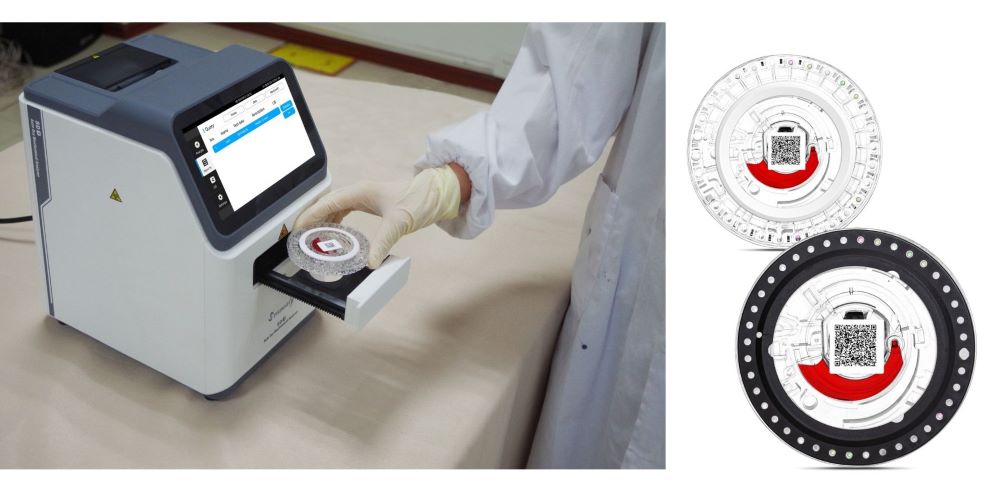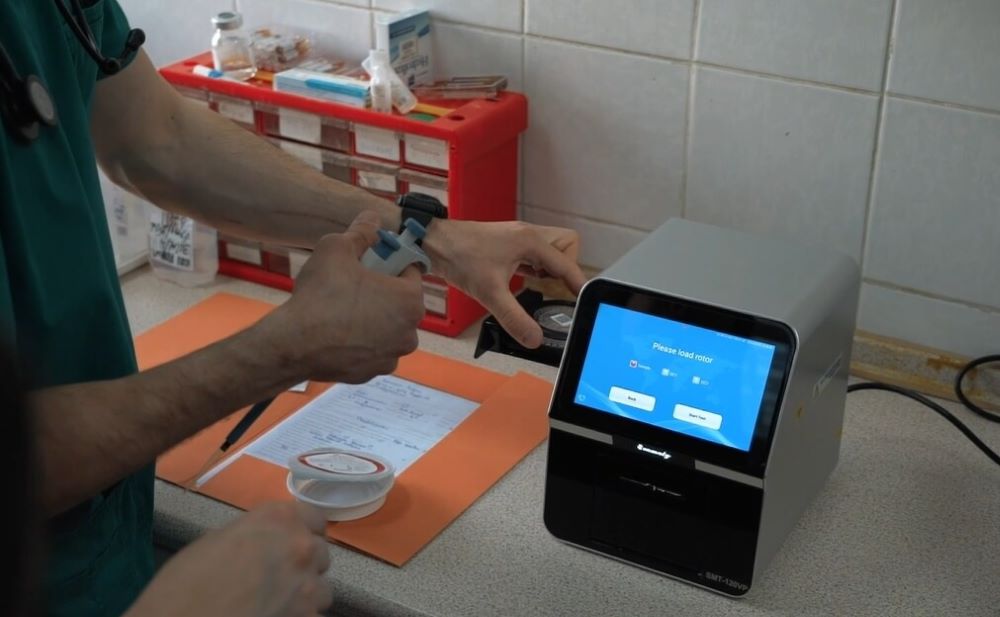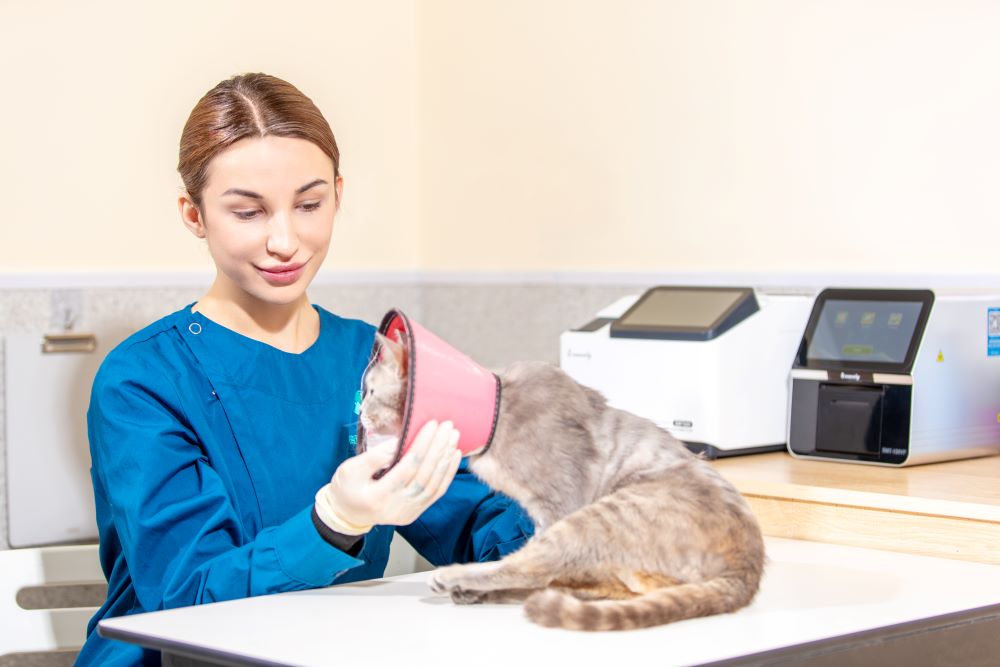release time:2024-12-05 09:40:39
 Understanding the Risks:
Understanding the Risks:
Inaccurate POCT results are not merely inconvenient; they pose significant risks. Imagine a delayed diagnosis of sepsis due to a faulty cartridge, or a patient receiving unnecessary medication based on an erroneous reading. The stakes are high, highlighting the need for a proactive approach to quality control in POCT settings. Unlike controlled laboratory environments, POCT often faces unique challenges like temperature fluctuations, handling errors, and equipment issues, all of which can compromise the integrity of chemistry reagent cartridges and kits and ultimately affect test accuracy.
So, how can we ensure that the convenience of POCT doesn't come at the cost of accuracy? Here are some key quality control considerations:
Seamaty POCT chemistry analyzers exemplify best practices in pre-analytical quality control. All Seamaty analyzers utilize dedicated chemistry reagent discs that come pre-portioned with both reagents and diluent, eliminating the need for manual mixing and potential errors. Additionally, the discs contain lyophilized reagents with a long shelf life of up to one year when stored at 2-8°C, reducing the risk of contamination and minimizing waste due to expiration.
Ensuring accurate POCT testing is not simply a technical challenge; it's a critical responsibility that safeguards patient health and well-being. By prioritizing quality control measures throughout the entire testing process, from pre-analytics to post-analytics, we can leverage the power of POCT chemistry reagent cartridges and discs for the benefit of patients and healthcare professionals alike. Remember, accuracy is not a luxury in healthcare – it's a necessity. Let's work together to ensure that every POCT result delivers the reliable information it promises.
Related further reading:
1. In Vitro Diagnostic Reagents (IVD) Product Definition and Classification
2. Seamaty Dry Chemistry Analyzer Reagent Test Tray Workflow
3. How to assess the quality of in vitro diagnostic reagents?
4. Quality Control of Biochemical Test Samples-Seamaty
5. The Vital Role of Quality Control in Biochemical Analyzers

2024-06-18
Discover the Seamaty 120VP Multifunctional Animal Biochemical Analyzer, an essential tool for pet clinics. Learn about its comprehensive testing capabilities, user-friendly operation, portability, and superior consumables, helping veterinarians enhance efficiency and reduce costs.

2024-02-27
Discover the 5 advantages that the automatic vet biochemistry analyzers can bring to animal clinics, like the Seamaty SMT-120VP, can save your practice time and money. Learn about faster results, improved efficiency, reduced re-tests, and more!

2022-09-15
Microscopic examination has been the standard method for malaria diagnosis for a century. However, the huge workload combined with the lack of professional staff leads to a not-so-low misdiagnosis rate. Misdiagnosis or delayed diagnosis of malaria can have serious consequences for patients.